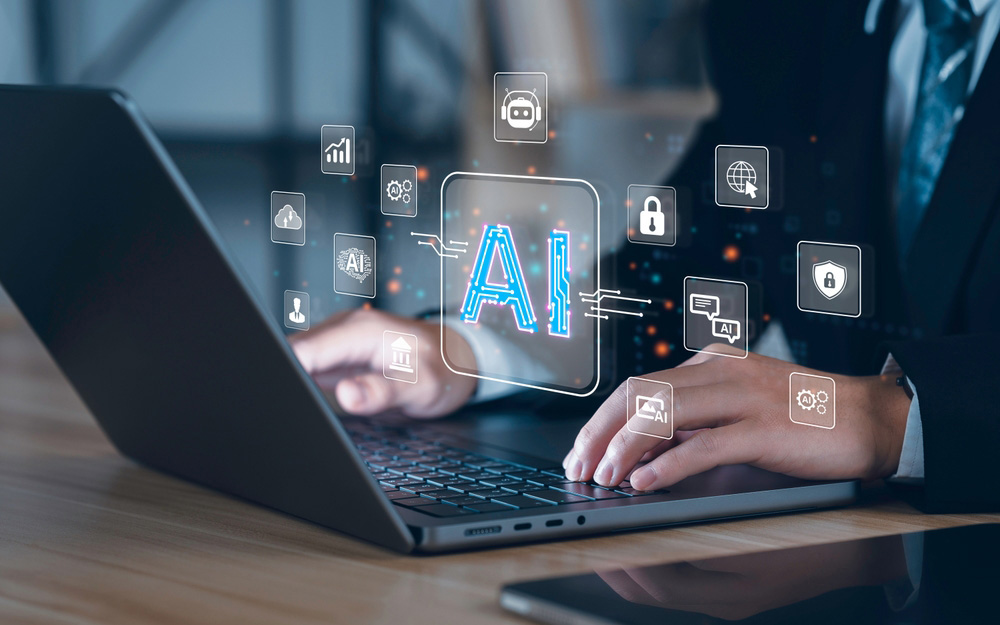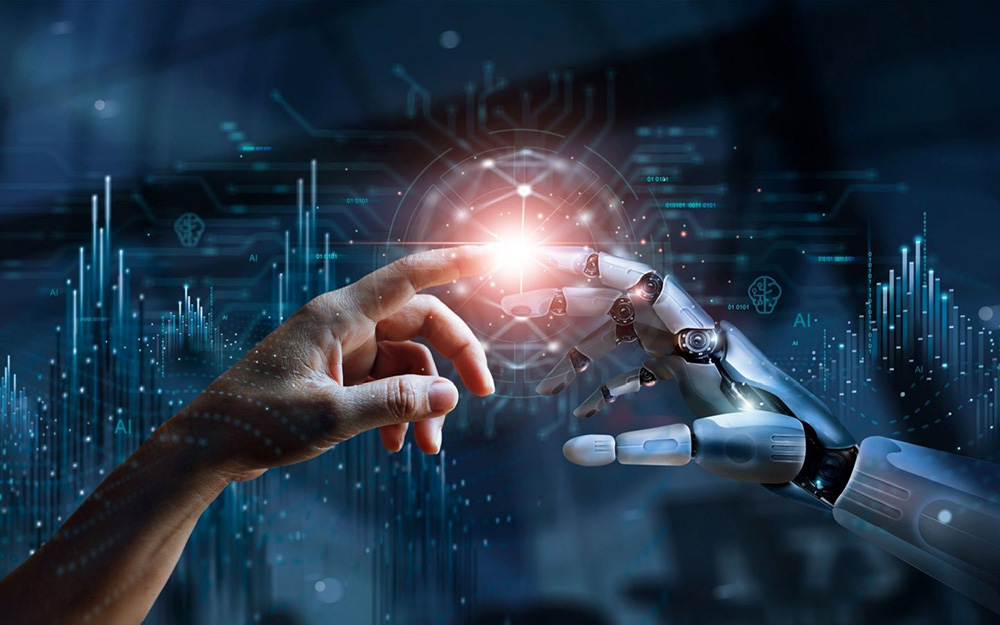

Designers Are Not Alone
In the contemporary world, experience designers no longer deal solely with form, color, and physical layout. They now navigate deeper layers of human behavior, data, algorithms, and digital interactions. Amidst this, artificial intelligence has emerged as an ever-present and increasingly influential force in the design scene. But this pervasive presence raises a fundamental question: Can AI become a supportive partner for designers, or is it a threat to human creativity? Facing this question compels us to rethink the role of technology in creative processes.
How Has AI Entered the Realm of Experience Design?
Over recent years, artificial intelligence has made a gradual but profound entry into the field of experience design. It began with analyzing user behavior data and has evolved into the automatic generation of design elements, including images, text, sound, and even spatial layouts. AI can detect behavioral patterns, offer personalized suggestions, and—through generative models—create visual and interactive experiences that once lived only in human imagination. Today, with tools like Midjourney, Runway, or Figma AI, designers not only work faster but also bring entirely new dimensions of experience into reality.
AI as a Creative Assistant
From an optimistic perspective, AI can be seen as a powerful assistant to designers. It not only accelerates the design process but also improves the precision of user needs analysis. Algorithms can suggest various interaction scenarios based on behavioral data—something that traditional design methods would require significant time and resources to achieve. AI also enables the creation of live, interactive experiences—for example, environments that respond to user presence and emotions. In this sense, AI is an invisible yet effective collaborator, expanding the landscape of creativity.



The Threat: What Dangers Lie Ahead?
However, this collaboration is not without risks. One of the major concerns about the use of AI in design is its potential threat to human creativity. Algorithms typically rely on past data, and excessive dependence on their outputs may result in repetition, clichés, and uniformity. Additionally, widespread use of pre-trained models might lead to experiences that lose their cultural, local, and human identity. AI may also operate beyond the designer’s control, particularly when implemented in interactive or public spaces. These ethical and aesthetic concerns prompt us to reconsider AI's role in the design process.
Is Balance Possible?
For many designers, the real challenge isn’t whether or not to use AI—but how to use it. By understanding the nature of these tools and establishing a balanced relationship with them, we can benefit from their capabilities without sidelining human creativity. The key principle is that design should be done with AI, not by AI. In other words, AI should act as a tool in the designer’s hand—not a replacement. Moreover, AI-generated experiences must be continuously evaluated to prevent unintended consequences. When artificial intelligence is combined with imagination, human empathy, and cultural awareness, it can create space for genuine innovation.
AI: Opportunity or Threat? It Depends on Our Approach
Ultimately, the answer to whether AI in experience design is an ally or a threat depends on our approach. Just as fire can both give life and cause destruction, AI too can either amplify or diminish human creativity—depending on our intent, awareness, and method of use. If we treat AI as a tool—not a substitute—we can craft experiences that are more profound, more human, and more impactful than ever. What matters most is keeping the human at the heart of the design—because in the end, design is done for humans, not for algorithms.